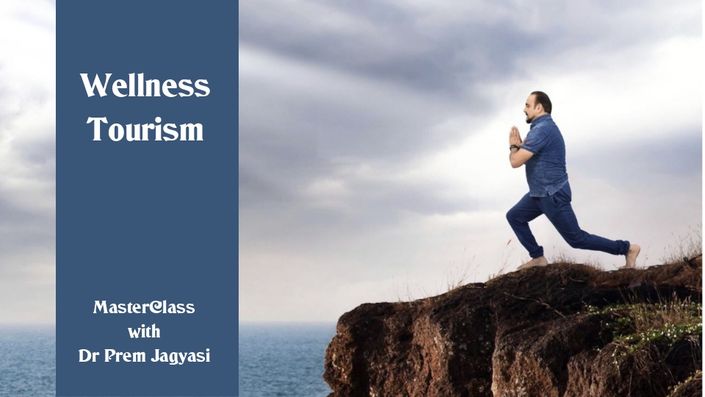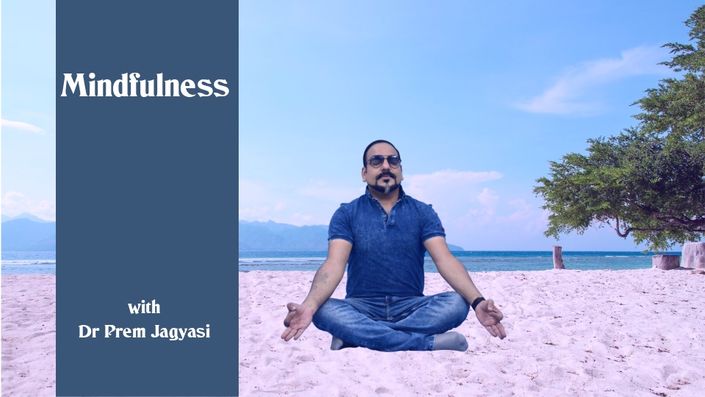Course Curriculum
- Introduction
- History of cultural tourism
- Activities within cultural tourism
- Why cultural tourism matters
- Preparations for going on cultural tourism
- Precautions and prevention in cultural tourism
- Importance of planning in cultural tourism
- Key drivers of cultural tourism
- Is cultural tourism for you?
- Essential components of cultural tourism
- Do’s and don’ts in cultural tourism
Cultural Tourism
When tourists go on a trip to explore the culture and values that guide the lifestyle of people native to the destination, cultural tourism comes into existence. The urge to know the history and evolution of civilization of a place and its contribution to the multifarious fields of art, music, plays, architecture, food and literature and the physical act of visiting the desired place to acquire this knowledge comes under the purview of cultural tourism. Cultural tourism can be both rural and urban. In urban cultural tourism, the customer gets to experience and appreciate the amazing exhibits in art galleries, museums, historical monuments, live performances in opera houses, musical and dance shows and off course theatrical shows that speaks volumes of local values and cultural environment. Cultural tourism includes visits to rural regions offering their specific rustic charm to the tourists. Folk dances, harvest festivals, village carnivals and a wide range of indigenous rituals reflecting their lifestyle and cultural inclination pose great attractions to the tourists. Surveys reveal that on an average a cultural tourist is a little more refined and spends quite on it. Cultural tourism is soaring in popularity graph. Even the tourist plays a pivotal role in the development of a region through cultural exchanges.
















